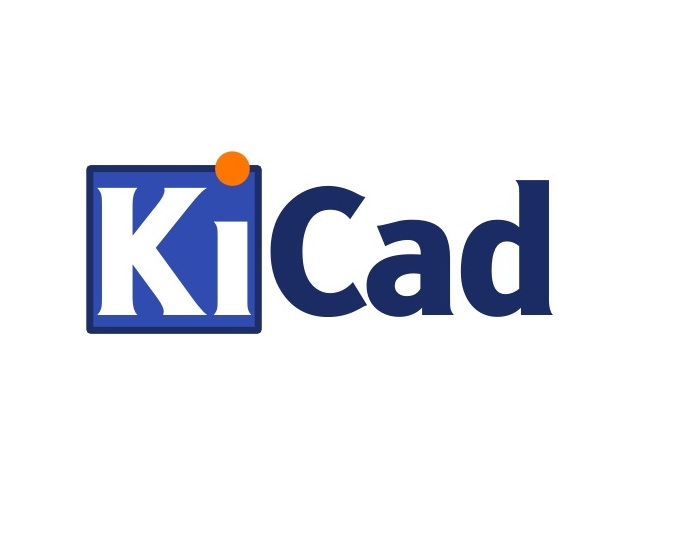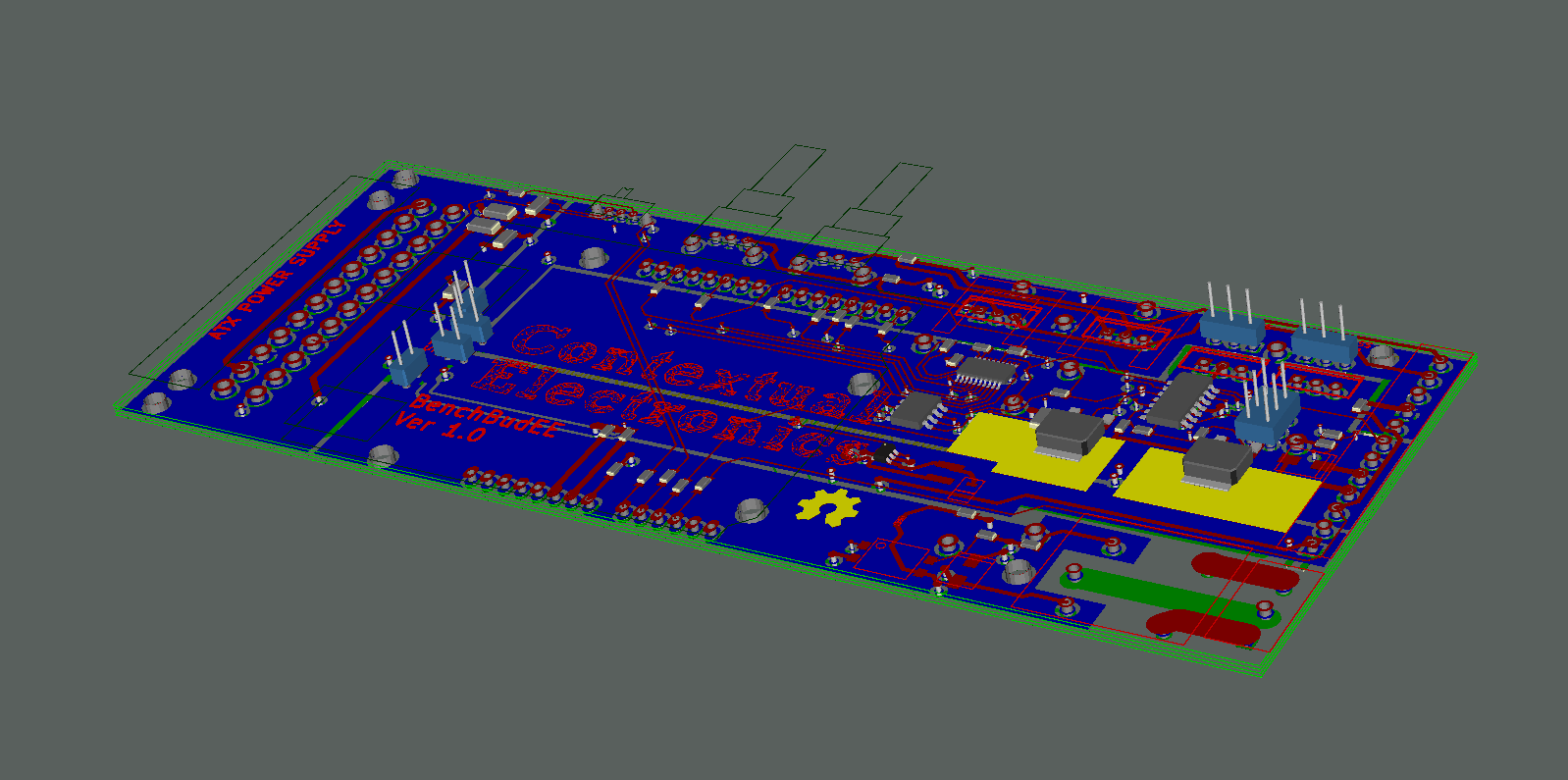This is a cross-post from the Contextual Electronics blog, as it affects readers here and there
TL; DR: I am releasing all of the KiCad videos that were part of Contextual Electronics to the public and have started a new site/forum to support them. See below for announcement video.
I officially finished the first two sessions (1A & 1B) of Contextual Electronics in early June. It was a great experience, especially for a first time course, especially one where there was money involved and I was the IT guy on the project. It wasn’t a super smooth build, but that kind of added to the project; we were all “in it together”. At the very least, I can very confidently say I don’t regret quitting my job to teach electronics; it has been rewarding and an eye opening experience.
The first part of the course (session 1A) was all about how to design a PCB for a particular application. We use an open source PCB CAD program called KiCad. The open source was important to me because it not only meant that members would be able to download and use the software free of charge, it also meant the final product–which is licensed as open source hardware–could also be replicated and improved upon without needing to buy a license for the software that designed the product.
I had been a fan of KiCad long before starting the course and the software has been in development long before that (since 1992!). But it has never really taken off either in the professional nor the hobbyist community, the latter being the more perplexing data point; the predominate piece of CAD software with electronics hobbyists is CadSoft EAGLE. I think it’s a good piece of software and have used it a bunch for previous designs, but also think KiCad has surpassed EAGLE in many ways.
Not only am I a fan of KiCad, I also see how fast it is moving. It is a dynamic software environment, with developers who are regularly working to make it better. In fact, CERN recently added resources to assist in the project and have been rolling out some exciting new features. They are helping to inject some advanced techniques into the package, which should help move it towards being a world-class piece of CAD software.
So between enjoying my own use of KiCad, educating others how to use it and still not seeing it take off, I decided that I am going to release all of the videos that were part of Contextual Electronics about KiCad onto YouTube. I hope that these will encourage people browsing YouTube for help with KiCad to take a deeper look and start using it for all of their projects. I will also add move videos as newer features become standardized and new stable builds are released.
The other thing I noticed that was missing was a place to discuss KiCad. There is a Yahoo group but I am not a big fan of Yahoo groups nor how they are run. So I decided to start up a new site with information on how to do the builds and a forum where people can discuss KiCad and the videos I posted. It is meant to be a resource for people getting started who want to build their own PCBs with KiCad.
So that’s all for the big announcements today. I will be over at the new KiCad.info forums, answering questions and supporting the site. I hope you will join me over there!


